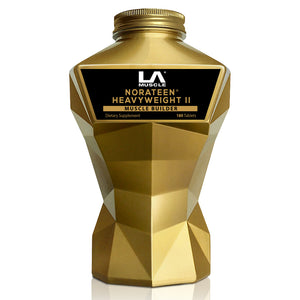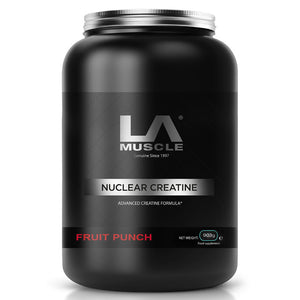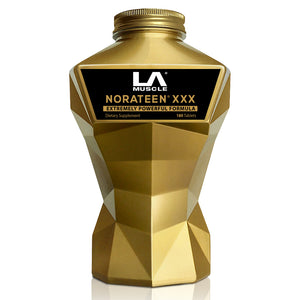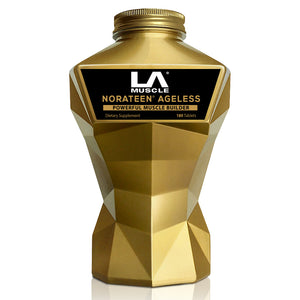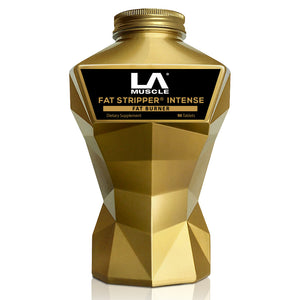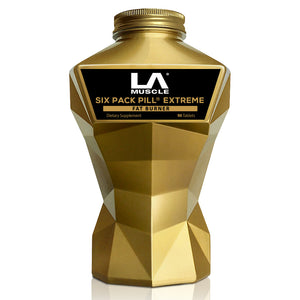
The human culinary experience is nothing if not diverse. From the simple sipping of water to enjoying complex, fermented concoctions, our species has certainly explored an extensive beverage repertoire. However, some drinks are more than just quenching thirst or providing nourishment; they are about tradition, culture, and sometimes, sheer audacity. Here, we explore ten of the most bizarre beverages that have intrigued, shocked, and, in some cases, repulsed individuals around the globe. Please proceed with caution: some descriptions might be a bit graphic!
-
Snake Blood (Asia): In several Asian countries, a shocking yet traditional drink exists that is not for the faint-hearted: snake blood. Often consumed in places like Vietnam and China, the practice involves slicing a venomous snake open and draining its blood directly into a glass or sometimes mixing it with a distilled liquor. The act is believed to boost sexual virility, improve health, and increase strength. Scientifically, there's no evidence supporting these claims, and the potential consumption of venom, albeit protein-based and typically digested, poses its risks.
-
Kumis (Central Asia): Originating from the Central Asian Steppes, Kumis is a fermented dairy product made from mare's milk. The drink contains a low level of alcohol and is famous among the nomadic people in the region. Due to the unique digestive system of horses, their milk contains more sugars than cow's or goat's milk, leading to a higher alcohol content when fermented. It's heralded for its probiotic qualities and potential health benefits, similar to other fermented dairy products.
-
Chicha (South America): An ancient beverage from South America, Chicha is traditionally made from maize, and the preparation method is what many find shocking: the corn is chewed and then spat out, and it's the enzymes in the saliva that begin the fermentation process. While this drink has been a cultural cornerstone among indigenous peoples in the Andes for centuries, the idea of drinking a saliva-fermented beverage can be unsettling for the uninitiated.
-
Seagull Wine (Arctic Circle): Believed to have originated among the Inuit people, this "wine" is made by stuffing a dead seagull into a bottle or container of water and leaving it to ferment under the sun. It's hard to identify any genuine health benefits to this, and there's little available scientific literature on the subject. It's a drink born of necessity and the harshness of the Arctic environment more than anything else.
-
Baby Mice Wine (China and Korea): Perhaps one of the most stomach-turning entries on this list, baby mice wine is a traditional health tonic in parts of China and Korea. Newborn mice, no more than three days old, are drowned alive in rice wine and left to ferment. Traditional practitioners claim it cures asthma and liver disease, but no scientific evidence supports these claims. The risk of bacterial infection and other diseases makes it a particularly dangerous concoction.
-
Cow Urine (India): In some parts of India, cow urine is considered a sacred liquid. It's often consumed as a part of religious rituals, and many believe it has medicinal properties, including potential healing powers for a long list of ailments. While the scientific community is skeptical about these claims, some studies have explored its antibiotic properties. However, the health risks involved in consuming urine, especially untreated, are significant.
-
Sannakji (Korea): While not a "drink" in the traditional sense, Sannakji is a Korean delicacy involving live octopus that is usually consumed with alcohol. The small octopus is cut into pieces while still alive and served immediately, its arms still wriggling. It's often seasoned with sesame oil and accompanied by a glass of soju (Korean alcoholic beverage). There's a significant choking hazard here, as the suction cups on the tentacles can stick to the mouth and throat.
-
Bird's Nest Drink (Southeast Asia): In some Asian cultures, particularly Chinese, the nests of swiftlets – made from the birds' hardened saliva – are a delicacy believed to offer health benefits, including improved immunity, skin health, and digestion. These nests are dissolved in water to create a bird's nest drink or soup, which is often sweetened and consumed for nourishment. While there's some research into the potential health benefits, they may not be as significant as claimed, and bird's nest products are incredibly expensive.
-
Ayahuasca (South America): Ayahuasca is a psychoactive brew that originates from the Amazon Basin, where it's used as a traditional spiritual medicine in ceremonies among the indigenous peoples of the Amazon rainforest. It contains dimethyltryptamine (DMT), a hallucinogenic substance. While some studies suggest that Ayahuasca may have potential mental health benefits, it can also produce intense psychological experiences and is illegal in many parts of the world.
-
Tiger Bone Wine (China): A controversial and illegal substance, tiger bone wine is believed to provide strength and health benefits. Tigers' bones are steeped in rice wine for several months and are believed by some to cure arthritis and promote virility. However, there's no scientific evidence to support these claims. The consumption of this wine contributes to the endangerment of tiger species, and international efforts are ongoing to stop the trade of all tiger parts.
In our journey across continents and cultures, we've encountered beverages that challenge our understanding of what's acceptable, safe, and palatable. While many of these drinks are tied deeply to cultural traditions and beliefs, it's crucial for ongoing scientific research to understand their effects fully. Moreover, in the case of drinks involving endangered species or potential health risks, global awareness and regulation are paramount. Whether these beverages inspire fascination or revulsion, they certainly highlight the incredible diversity of human cultural practices.



